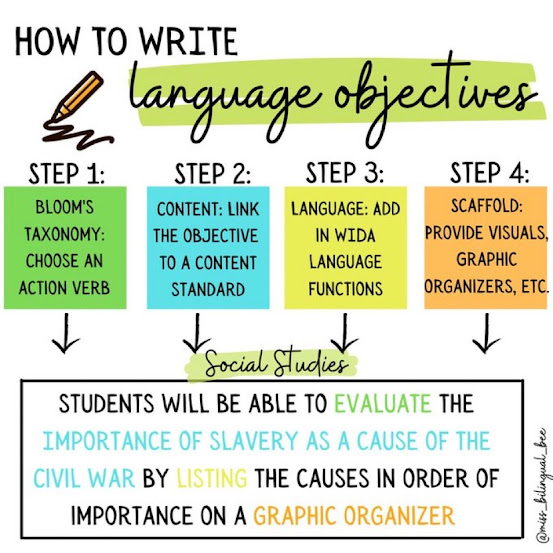Learning a new language can be a challenging and rewarding experience, but it can also be overwhelming, especially for English language learners. One way to make the learning process easier and more effective is to provide glossaries, which are lists of words and their definitions.
A glossary is an essential tool for English language learners because it helps them understand the meaning of unfamiliar words and phrases. It allows them to look up the definitions of words as they encounter them in texts, rather than having to guess at their meanings or rely on context clues. This can save a lot of time and frustration for learners, who may otherwise have to stop and look up words constantly as they read or listen to spoken English.
Glossaries are especially helpful for learners who are studying technical or academic subjects, as these fields often use specialized vocabulary that may be unfamiliar to those who are not fluent in English. By providing a glossary, educators can ensure that learners have access to the definitions they need to fully understand the material they are studying.
In addition to providing definitions, glossaries can also help learners improve their vocabulary and expand their understanding of the English language. By looking up words and reading their definitions, learners can learn new words and see how they are used in different contexts. This can help them become more confident and proficient users of the English language.
There are many ways to provide glossaries to English language learners. One option is to include a glossary at the end of a textbook or other learning materials. This allows learners to easily access definitions as they work through the material. Alternatively, teachers can create a list of key terms and their definitions and provide it to learners at the beginning of a lesson or unit. This can serve as a reference for learners as they work through the material. By providing glossaries, educators can make the learning process easier and more effective for English language learners.
Here is a link to GLOSSARIES in a variety of languages.



.png)
.png)




